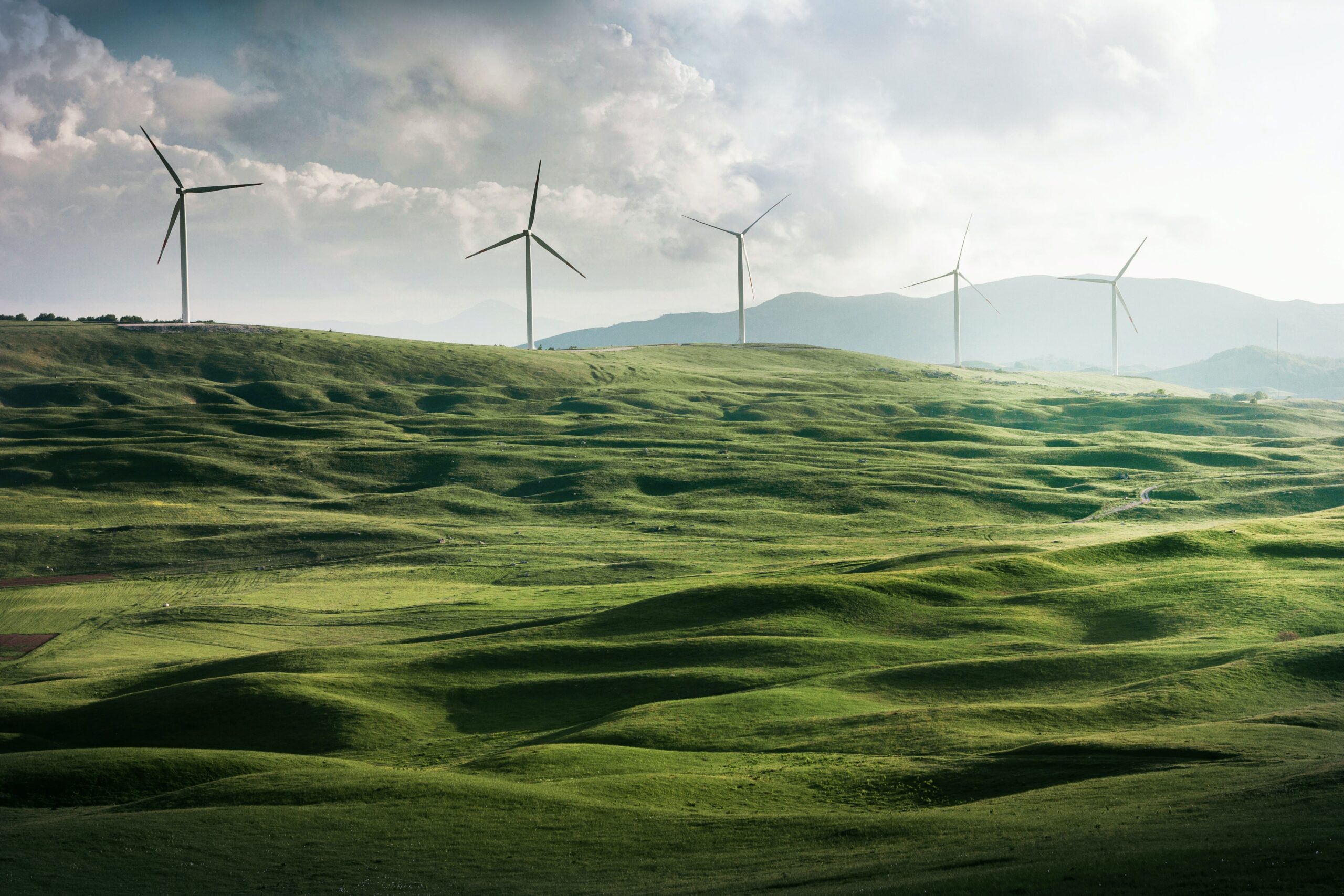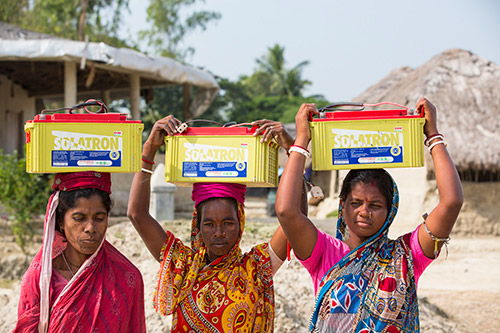Earth Day – Power to the People
Poor Sundarbans region of India gets access to clean solar power for the first time
The Sundarbans in the East of India is a unique region of the world – where the sea encroaches on the land over thousands of kilometres and life, including the amazing mangrove tree, has adapted to its unusual life on the delta. The area is home to the endangered Royal Bengal Tiger. This is also a very poor part of the globe and many people have never had access to electricity. For fuel and lighting local people often use wood, dung, or kerosene – which results in the deaths of one million people, usually women and children, from fumes and burns annually. See WHO report
Kerosene is also responsible for 100 million tonnes of greenhouse gases emitted per year.
Obviously there is a need to move away from such damaging technology, and the WWF India has started a programme to install solar power in remote villages where there is never going to be a normal grid connection. They have two pilot projects in the Sunderbans. By using a model pioneered in Australia, WWF were able to work with the local community in a place called Rajat Jubilee to install a self-contained solar power unit which could supply light, instead of the damaging kerosene, and allow the inhabitants to work and study in ways they weren’t able to before.

They planned and established a technically and financially sustainable, off-grid centralised renewable energy-based village power system. It is based on the highly successful ‘Bushlight’ project which, since 2002, has been providing remote indigenous communities in Australia with access to reliable renewable energy services. It is a scalable solution that can provide access to safe and clean energy in the form of grid quality electricity in remote areas. The micro solar power station at Rajat Jubilee connects 49 households, six local businesses and three community buildings and supplies uninterrupted grid quality power. Local residents are trained to use and operate the systems. The community is involved in planning their electricity use in 24 hour cycles, so that everyone gets a fair share of the power generated. In order to avoid using wires, the batteries are taken to be charged three times a week at a central generating station then returned to the houses.
This shows how it is possible for poor communities to move away from damaging technology and install clean solar power to make a dramatic improvement in their health and quality of life. Photographer Ashley Cooper, who spends his time documenting the effects of climate change globally says, “My shoot to India was so uplifting, to see how communities are having their lives enriched by access to heat and power, all provided by renewable energy. It was humbling to see how a single solar panel the size of an A4 sheet of paper is enough to charge a battery, which will give light to a house overnight.”
Aarti Khosla of WWF-India says, ”The WWF-India projects providing first access to energy in the remote islands of the Sundarbans region in India, clearly demonstrate that pulling the inhabitants of the delta from energy poverty is liberating them not just from dependence on forests for firewood, lighting and cooking needs and reducing their conflicts with wildlife, it is empowering them to dream, deliver and demand in their lives when the basic need to light up their huts at night is not a struggle anymore!”

All photographs copyright Ashley Cooper, Global Warming Images.
Visit GreenJobs for the latest Energy Jobs


